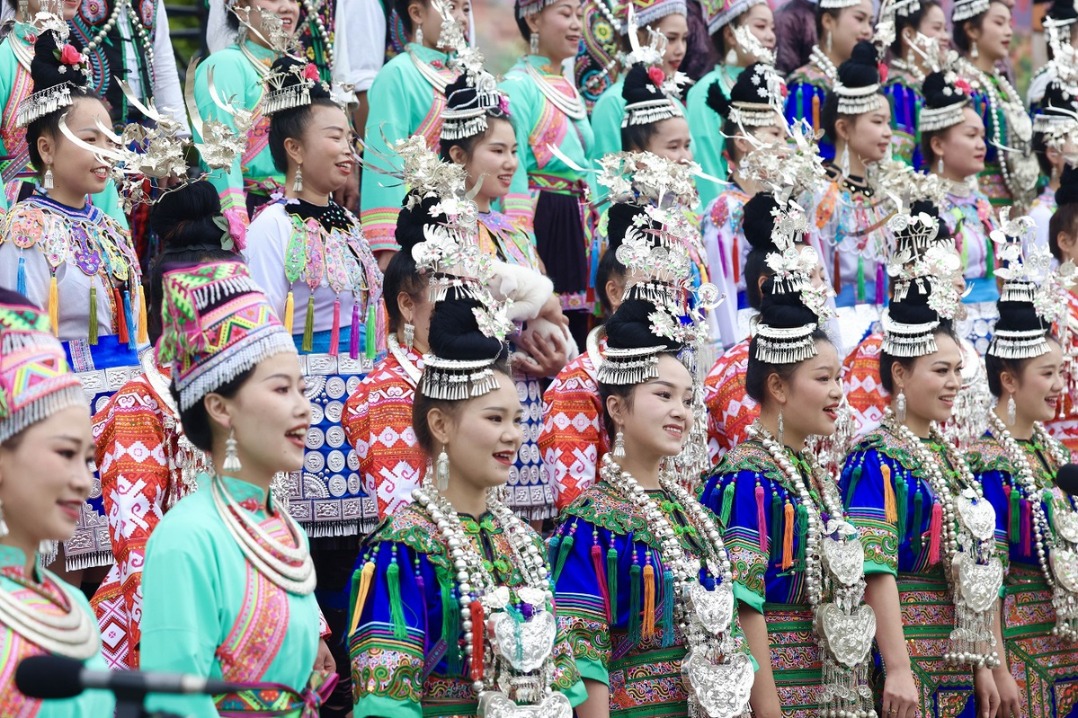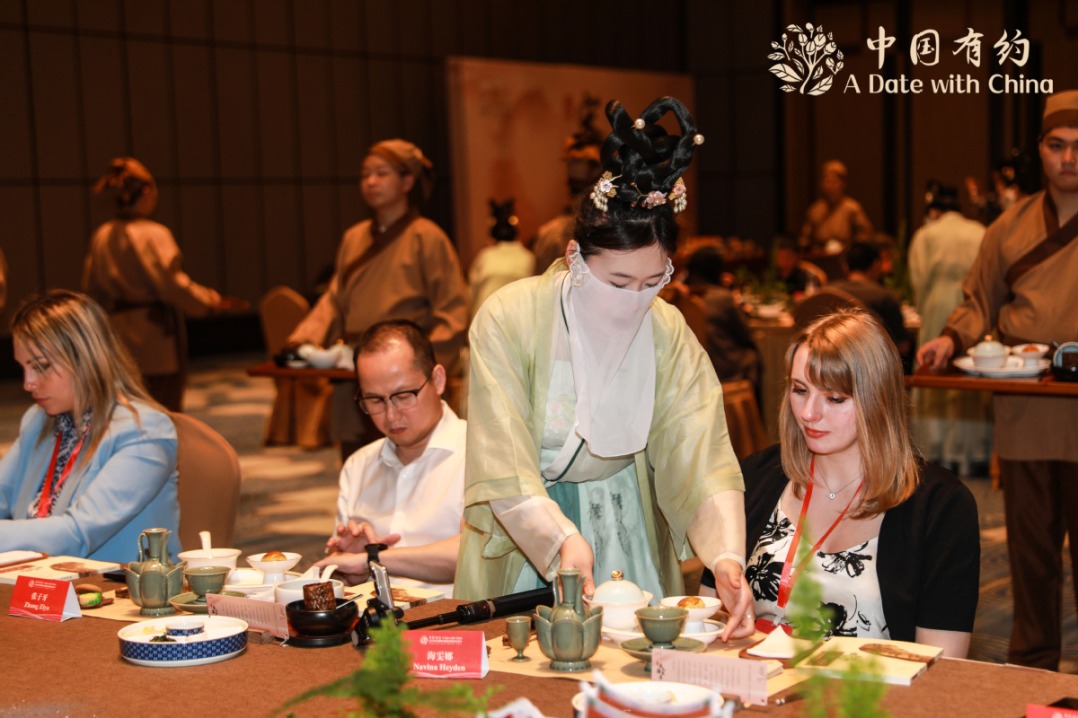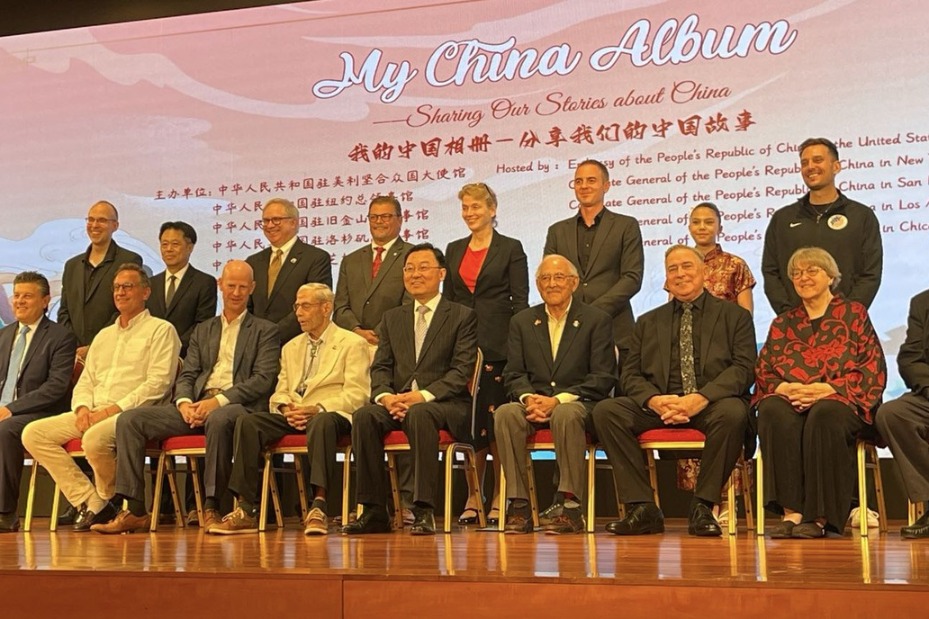Green miracles bloom in red tourist village
China Daily | Updated: 2020-12-25 09:16
TIANJIN-Scores of hairy crabs can be seen inhabiting the paddy fields of Diliubu village in Tianjin, signaling a bumper harvest.
Hao Qingshui, Party chief of the village, squats in a field as he picks up a crab. "Raising crabs in the paddy fields not only boosts our village's crop yield, but also safeguards a good environment for the crabs. Such symbiosis in nature is the door to our wealth," he said.
Two decades ago, the village relied on cloth mills, printing and dyeing plants, and factories producing plastic and rubber to make its fortune. But the heavy polluting industries damaged the environment, leaving behind mounds of waste and sludge. "We even had to cover our noses when crossing the village," one resident said.
In 2015, Hao and other cadres led their fellow villagers to clear the sludge from irrigation ditches and clean up the wasteland. They began to raise crabs in the rice fields.
The locals' work in the heat and rain paid off handsomely and the village has had plentiful harvests for four consecutive years.
The paddies produced about 600,000 kilograms of rice last year and more than 4 metric tons of crabs were sold, bringing in over 2 million yuan ($305,600). Local incomes topped 1.5 million yuan in total in the first 10 months of this year.
As growing numbers of tourists visit the rural village each weekend, the community plans to integrate ecological farming with tourism and offer a wide range of experiences to visitors, including vegetable picking, raft tours, fishing and rice planting.
Green farming methods and tourism are just part of the blueprint. Last year, Diliubu built its own "Long March" route and opened an education base for visitors to relive the revolutionary history of the nation's founding heroes.
The village has devised a 4-km route as a tribute to the 12,500-km expedition undertaken by the Red Army.
"Our prime concern was that visitors could raise clouds of choking dust on the roads, so we opted to use white fabrics to cover the land. They can disintegrate organically and clumps of grass are free to poke through the cloth," said Hao, adding that the fabrics are all eco-friendly.
Since the village began its red business in June last year, more than 300 tour groups have traveled to the education base and visits totaled 26,000 in just half a year, allowing locals to rake in another 2 million yuan.
A visitor surnamed Zheng said the army uniforms and gunshot and cannon sound effects gave him the illusion that he was participating in history. "The tug-of-war displays and carrying the wounded on stretchers also enlightened me about team spirit and the struggles of the revolution," Zheng said.
The green development over the years has seen a turnaround for the once impoverished village. The per capita income of residents hit nearly 25,000 yuan this year.
In December last year, Diliubu was listed among the country's most beautiful leisure villages by the Ministry of Agriculture and Rural Affairs.
This year it was nominated as one of the country's major rural tourism spots.
Xinhua
























